12.2 Identify the Reinforcement Learning Application
Applications
Note
Instructions: For each task presented, determine whether it can be solved using:
- Supervised Learning
- Unsupervised Learning
- Multi-Armed Bandit
- Classical Reinforcement Learning
- Deep Reinforcement Learning
Form groups of two or more and discuss the most appropriate approach for each application.
Reinforcement Learning Framework
Task 1: Email Spam Detection
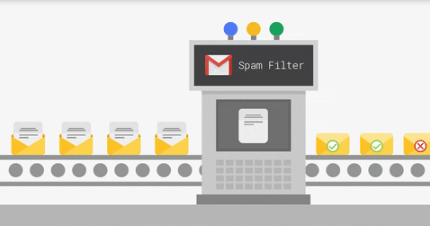
Answer: Supervised Learning
- Supervised Learning: Classification.
- Features (X):
- Frequency of specific keywords (e.g., “free”, “win”, “money”).
- Presence of special characters (e.g., “!”, “$”, etc.).
- Sender’s domain (e.g., “trusted.com”, “unknown.com”).
- Labels (y):
- 0 for Non-Spam.
- 1 for Spam.
- Example Algorithm: Naive Bayes.
Task 2: Customer Segmentation for a Retail Store
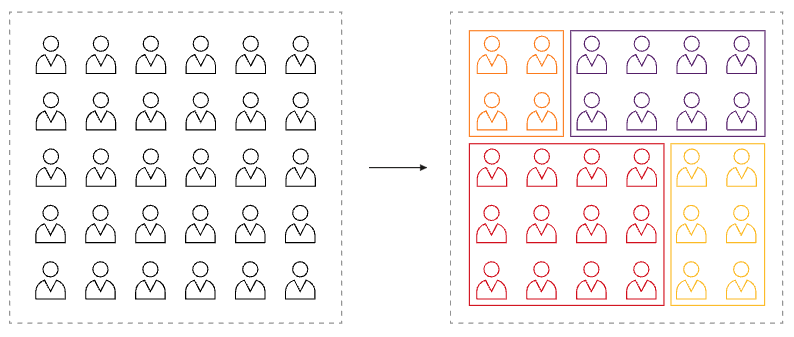
Answer: Unsupervised Learning
- Unsupervised Learning: Clustering.
- Features (X):
- Customer age, annual income, spending score, purchase frequency.
- Product categories purchased, total expenditure, location.
- Customer loyalty (e.g., membership status).
- Example Algorithm: K-Means.
Task 3: Online Ad Optimization
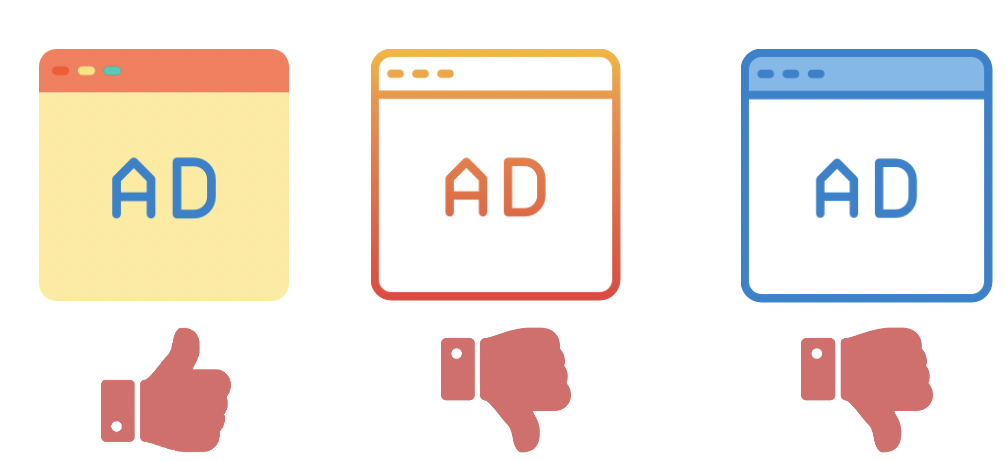
Answer: Multi-Armed Bandit
- State (S): Single state (environment does not change).
- Actions (A): Display ad 1, Display ad 2, Display ad 3.
- Rewards (R): Click-through rate, conversion rate, user engagement.
- Example Algorithm: Thompson Sampling.
Task 4: Warehouse Robot Path-finding
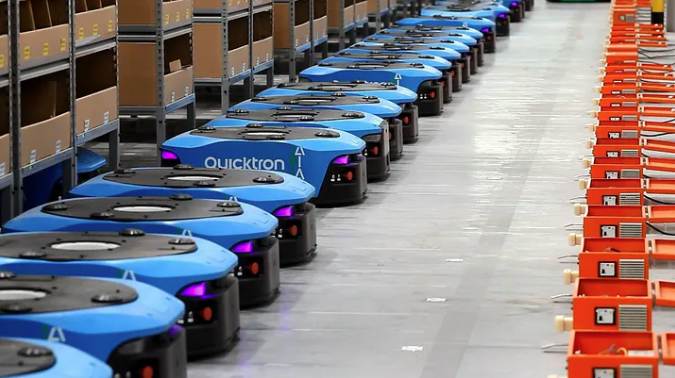
Answer: Classical Reinforcement Learning
- Example Algorithm: Q-learning.
- State (S): Robot position, obstacles, goal location.
- Actions (A): Move up, down, left, right, stay.
- Rewards (R):
- Positive for reaching goal.
- Negative for hitting obstacles.
- Small penalty for each step (efficiency).
Task 5: Fine-tuning LLMs with Human Feedback
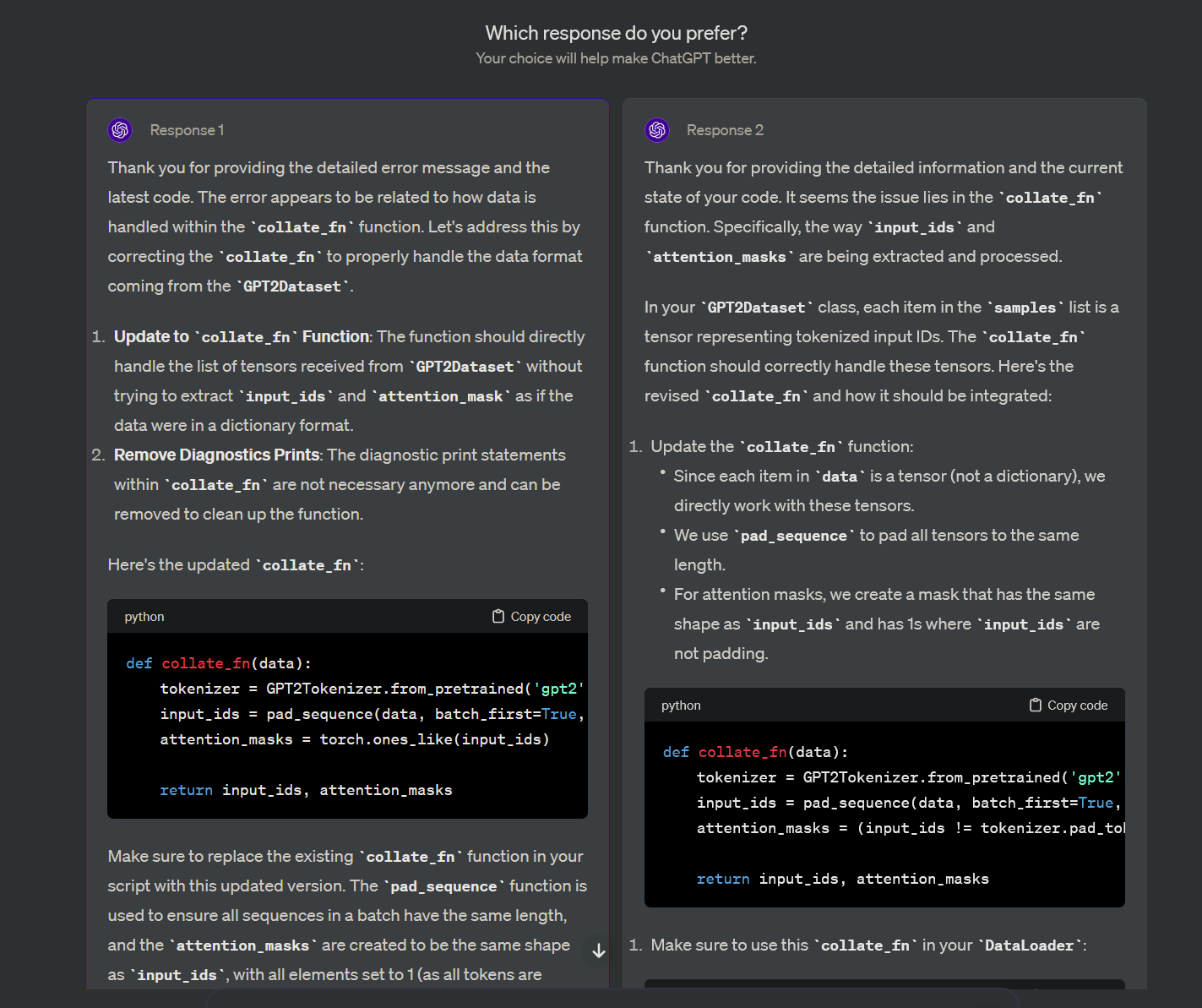
Answer: Deep Reinforcement Learning
- Example Algorithm: Proximal Policy Optimization (PPO).
- State (S): Model predictions, conversation history, human feedback.
- Actions (A): Adjust weights, generate responses, explore approaches.
- Rewards (R):
- Positive for high-quality responses.
- Negative for low-quality responses.
- Reward for alignment with human feedback.